Tracing Threads of Tradition: A Recce Trip to Maheshwar’s Handloom Heritage
- Akanksha Shukla
- Mar 13
- 10 min read
Updated: 3 days ago
The rhythmic clatter of looms, the whisper of silk threads against skilled fingers, the scent of age-old dyes steeping into fabric—heritage craft tours are not just travel, they are an immersion, a portal into India’s living traditions, where the past breathes through the hands of artisans, and history lingers in the air like the fragrance of freshly woven fabric.
Curating these experiences begins long before travelers step into a weaver’s workshop or walk through centuries-old ruins. A recce trip is the first brushstroke on this intricate canvas—a quest for authenticity, an exploration of stories waiting to be told.
Our recent recce trip through Mandu and Maheshwar was one such experience—more than just a geographical traverse, it was a passage through centuries of history, art, and human ingenuity. We were in search of inspiration, stories, and connections for our upcoming Heritage Craft Tour in Madhya Pradesh, and what we found was a mesmerizing blend of craft, culture, and the echoes of a glorious past.
Table of content:
Indore: The Gateway to Our Textile Journey
Our expedition began in Indore, a city where history and modernity entwine like warp and weft. Known as the commercial and culinary capital of Madhya Pradesh, Indore has long been a melting pot of cultures. From its days as a 16th-century trade hub between the Deccan and Delhi to its transformation under Rani Ahilyabai Holkar—who envisioned it as a center of education and commerce—Indore pulses with a dynamic energy.
Ranked as India’s cleanest city for six consecutive years, Indore seamlessly blends heritage with urban vibrancy. The grand palaces, the echoes of Hindustani classical music from the Indore Gharana, and the tantalizing aroma of its street food create an atmosphere both regal and inviting.
Rajwada Palace: The Heartbeat of Holkar History
The towering Rajwada Palace, standing sentinel near Khajuri Bazar, is Indore’s most striking landmark. As we approached, the palace emerged from the city’s bustling streets like a grand memory of the Holkar dynasty. Seven stories high, its ornate wooden balconies, intricate jharokhas, and regal courtyards seemed to hold whispers of an era when Indore was a seat of power.
Inside, the fusion of Maratha, Mughal, and French architectural influences painted a story of Indore’s rich past. The palace, with its imposing gateways and sprawling gardens, was a perfect prelude to the cultural tapestry we were about to unravel.
Sarafa Bazaar: A Symphony of Flavors
As the sun dipped, Sarafa Bazaar transformed from a jewelry market into a carnival of flavors. Indore’s culinary magic unfolded before us—Poha Jalebi, Mawa Bati, and Bhutte ka Kees—each bite a delicious homage to the city’s gastronomic legacy. Stalls brimming with chaat, momos, banjos (hot sandwiches), and creamy milkshakes lured food lovers into a sensory adventure.
Mandu: A Love Letter Etched in Stone

The next morning, after indulging in Indore’s signature Poha Jalebi breakfast, we set out for Mandu, a town steeped in romance, history, and architectural grandeur. The 2.5-hour drive took us through a changing landscape—golden wheat fields, bustling village markets, and scenes of rural life unfolding in quiet harmony.
Perched atop the Vindhya ranges at 2,000 feet, Mandu is an ode in stone—a place where history has left its imprint on every archway, dome, and crumbling fortress. Originally established in the 6th century BC, Mandu flourished under the Afghans, Mughals, and Marathas, each dynasty leaving behind a legacy of exquisite architecture.
Jami Masjid, inspired by the Grand Mosque of Damascus, stood majestic, its grand dome and vast courtyard a testament to medieval grandeur. Hoshang Shah’s Tomb, believed to be the inspiration behind the Taj Mahal, shimmered in white marble, its intricate latticework filtering the morning light into celestial patterns.
Jahaz Mahal- The ship Palace of Mandu
The Jahaz Mahal, or Ship Palace, emerged from the horizon like a mirage. The sight was spellbinding—an elongated palace, poised between two shimmering reservoirs, appearing to float on water. Built by Ghiyas-ud-din Khilji, this structure was once a pleasure palace for the women of the royal court, a place where they danced under the moonlight, their laughter mingling with the reflection of the sky.
Hindola Mahal- Mandu's swinging Palace
Hindola Mahal, commonly referred to as a swinging palace, is an audience hall with sloping sidewalls. The facade, delicate sandstone trellis work, and exquisitely molded columns portray the superb and inventive architectural techniques of that era.. The moment we stepped inside, we were enveloped in its enigmatic aura. The thick, sloping walls tilted inward at a striking angle, as if caught mid-sway, frozen in time. These towering arches must have once echoed with the footsteps of emperors and the melodies of the past. It’s a structure that makes you feel the weight of history pressing upon your shoulders.
Rani Roopmati Pavillion- A queen's retreat
We ended the day at Roopmati’s Pavilion, where the last rays of sunlight melted into the Narmada River, painting the sky in hues of pink and gold. Legend has it that Rani Roopmati would gaze at the river each day, singing songs of devotion to its sacred waters. Standing at the very spot where she once stood, looking at the same ageless horizon, I felt transported—almost as if I could hear the distant strains of music, the echoes of an eternal love story.
Baz Bahadur and Roopmati—A Love Etched in Time
Baz Bahadur, the last independent ruler of Mandu, fell in love with Roopmati, a shepherdess whose voice was as enchanting as her beauty. When she agreed to live in Mandu, she had only one request—to see her beloved Narmada River every day. Thus, Roopmati’s Pavilion was built, offering her a view of the sacred waters.
But love and war are seldom far apart. When the mighty Mughal Emperor Akbar sent Adham Khan to capture Mandu, Baz Bahadur’s forces were no match. Facing the horror of capture, Roopmati chose death over dishonor, poisoning herself in a final act of defiance. Their story lives on in the ruins, the whispering winds, and the folk songs sung in these lands.
Mandu's Culinary Heritage
As the sun bid farewell, we gathered for a traditional meal at a local eatery. It was a simple but rich fare—A Feast for the Senses: Mandu’s Culinary Heritage
No journey is complete without tasting the land’s flavors. In Mandu, Dal Paniya—a local specialty of smoky maize dumplings dipped in lentil stew—was a revelation. Its bold flavors, enhanced by the tangy zest of Khorasani Imli (Baobab fruit), carried the essence of Mandu’s history in every bite.
The Sound and Light Show: Where Mandu Comes Alive

As dusk settled, Hindola Mahal transformed into a stage for an enchanting sound and light show. Narrated by actor Ashutosh Rana, the performance wove together tales of romance, conquest, and architectural brilliance, bringing Mandu’s golden past to life.
As the illuminated walls echoed with the voices of emperors and queens, we felt as though we had stepped through a doorway in time, witnessing history not as something distant, but as something alive, breathing, and eternal.
The Jami Masjid – A Tribute to the Grandeur of the Damascus Mosque
Before bidding farewell to Mandu, we made one final stop—the Jami Masjid, an architectural marvel said to be inspired by the grand mosque of Damascus. Perched on a high foundation, its vast courtyard and domed porch exude an air of regal solemnity. Standing at its center, a slow 360-degree turn reveals the mosque’s sweeping grandeur—a perfect symmetry of Islamic and Afghan influences that once made Mandu a thriving seat of power.
With this last glimpse of Mandu’s magnificence, we set out towards Maheshwar, where another chapter of history, woven into the very fabric of its looms, awaited us.
Maheshwar: Exploring the Living Legacy of Ahilyabai Holkar

Descending from Mandu’s misty hills, we arrived in Maheshwar, where the mighty Narmada River flows in a graceful, eternal rhythm. The ghats reflected the grandeur of its fort, a sentinel of time, as saffron-clad ascetics and village women in vibrant sarees performed their morning rituals. The very essence of Maheshwar seemed woven into its centuries-old handloom tradition, a legacy patronized by the visionary queen Ahilyabai Holkar.
Maheshwar: The Abode of Devi Ahilyabai Holkar
To understand Maheshwar is to understand Ahilyabai Holkar, a queen whose reign was built not on conquests but on compassion, governance, and an unwavering commitment to her people. Once known as Mahishmati, an ancient city from the epic Mahabharata, Maheshwar became the seat of Ahilyabai’s rule in 1767, following personal tragedies that transformed her into a leader of remarkable foresight.
Born in 1725 in Chaundi, Maharashtra, Ahilyabai’s rise from a simple village girl to the ruler of Malwa is a story of destiny and resilience. She was married into the Holkar dynasty at a young age, and when her husband, Khanderao Holkar, fell in battle, she was expected to commit sati. However, her father-in-law, Malhar Rao Holkar, recognized her potential and prepared her for leadership. When she lost both her father-in-law and son within a short span, she ascended the throne in 1767 with the blessings of the Peshwas, dedicating her life to good governance, justice, and the flourishing of art and culture.
Walking through the Ahilya Fort, we could feel her presence in every stone, every temple she built across Malwa, and every weaving loom that still sings the melody of her patronage. The fort itself, perched above the Narmada, is not just an architectural marvel but a living testament to her legacy. We wandered through its grand Rajwada, past intricately carved balconies that overlooked the ghats, where boatmen rowed across the golden-hued river, and pilgrims lit lamps at dusk.
Maheshwari Weaving: Threads of Time and Tradition
If Ahilyabai was the soul of Maheshwar, its weaving tradition is its heartbeat. It was under her patronage in 1760 that she invited skilled weavers from Surat to craft fine textiles, fit for royalty. Thus was born the Maheshwari saree, initially an all-cotton weave, later evolving into a cotton-silk blend with its signature zari borders. Traditionally, these sarees were nine yards long with pallus on both ends—designed for longevity, a reflection of the queen’s own pragmatism.
The motifs woven into these sarees are not just patterns; they are echoes of Maheshwar’s heritage—the undulating ripples of the Narmada, the intricate jali work of the fort, the delicate curves of its temples, and geometric elements like eent (brick), leheriya (waves), and rui phool (cotton flowers). These designs transform fabric into a living chronicle of art, faith, and nature.
However, the craft faced near extinction by the mid-20th century. The rise of industrial mills and changing fashion trends had nearly wiped out the livelihood of Maheshwar’s weavers. By the 1970s, many had abandoned their looms, forced to seek work in Mumbai’s textile mills, barely scraping by in harsh conditions.
Then, in 1978, a revival began. Richard Holkar, a direct descendant of Ahilyabai, along with his wife Sally, founded the Rehwa Society, a nonprofit dedicated to rejuvenating Maheshwari weaving. It started with just 12 looms and 12 women, training them in the craft while ensuring fair wages, education, and healthcare. The Rehwa Society not only breathed life back into the dying art form but also transformed Maheshwar into a thriving hub for artisans once again.
Visit to Rehwa Society: The Sound of Revival
As we walked down the fort steps towards the river, a rhythmic sound of looms guided us to Rehwa Society, where rows of handlooms stood like sentinels of an ancient craft. Inside, we met weavers, mostly women, their fingers moving with meditative precision as they worked the looms. We watched in awe as they wove delicate checks, stripes, and intricate borders, their hands effortlessly translating centuries-old designs into fabric. Every saree they created was not just cloth but a tapestry of history—each motif an homage to Maheshwar’s temples, forts, and the sacred river that has nurtured this land.
Ahilya Vihar Colony: A humble abode of Maheshwar weavers
As we entered the weaver's colony, Mr. Rahat Ansari, welcomed us with a warm smile, leading us through the rustic lanes of Ahilya Vihar Colony toward his humble home. On the first floor, a modest workshop housed four looms, their rhythmic motion a silent testament to a legacy woven through generations.
Rahat’s hands moved instinctively over the threads, as if weaving the very history of Maheshwar. “Every Maheshwari saree tells a story,” he said, his voice carrying both reverence and resilience. “It holds the whispers of our ancestors, the soul of our town, the rhythm of our river.”
Yet, there was a time when this tradition teetered on the edge of extinction—when looms fell silent, and the younger generation looked beyond weaving for a future. “We were losing not just a livelihood, but a legacy,” Rahat reflected.
The turning point came with Sally Ma’am, whose unwavering belief in the weavers rekindled their craft. She brought an English teacher from Sweden—not just to teach the language, but to open doors to a world far beyond Maheshwar’s narrow lanes. “It gave our children the confidence to dream bigger,” Rahat shared. She also introduced them to brands like Fab India, bridging the gap between heritage and a global audience.
What started as a humble handloom school in Ahilya Vihar Colony has now become a beacon of hope, offering technical and marketing training to weavers from across India. As Rahat guided us through the winding alleys of Ahilya Vihar, just beyond the grandeur of Ahilya Fort, his words wove a story—not just of survival, but of revival.
The Road Back: A Journey to Begin Again
As we left Maheshwar behind, we carried more than just memories—we carried stories waiting to be shared, the voices of artisans eager to connect, and a deeper appreciation for a craft that has endured the test of time.
Our journey reaffirmed what we have always believed: heritage is not just something to be admired from afar—it is meant to be experienced, engaged with, and preserved. The artisans of Maheshwar, like so many across India, are the custodians of an invaluable legacy, but they need conscious patrons, storytellers, and travelers who seek more than just souvenirs.
This is why we are curating the Heritage Craft Tour of Madhya Pradesh—not just as an itinerary, but as an invitation to step into the living history of India’s crafts. Imagine standing by the looms, watching intricate weaves come to life, speaking with master artisans, and understanding the soul behind every thread. If you are passionate about culture, craftsmanship, and meaningful travel, this journey is for you.
Join us as we rediscover India’s craft heritage—one thread, one story, one artisan at a time.
Want to be part of this immersive experience? Stay tuned for more details, or reach out to us to learn how you can join this extraordinary journey!
A Special credit to:
Craft Curation - Ms Sethu Bhattacharya & Ms Akanksha Shukla
Travel Partner- Travel Tracks DMC
Hospitality Partner- MP Tourism
Heritage Partner-
Rehwa Society & Women Weave
Maheshwar Weaves (Mr.Rahat Ansari)
Santoshi Handloom (Ms. Kalyani)

















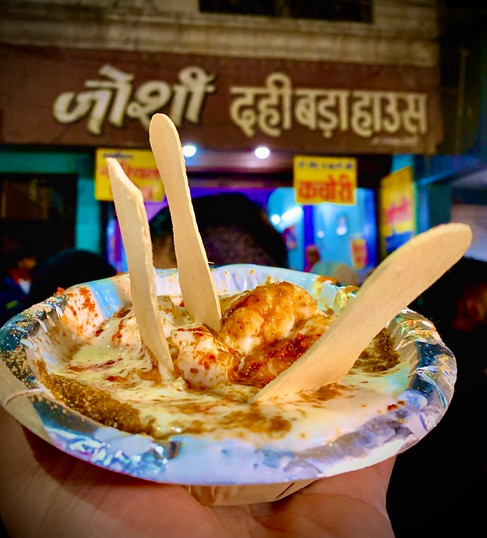











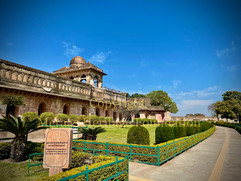



































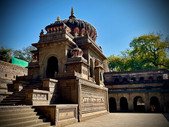











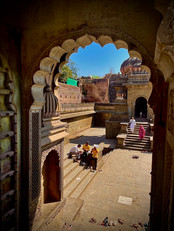



























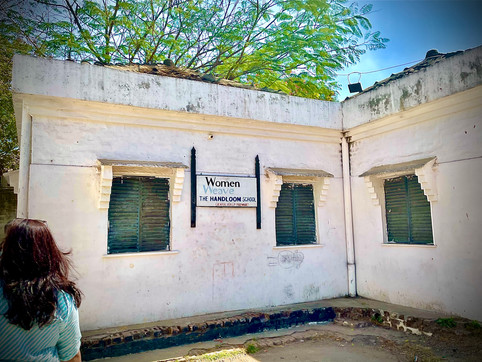



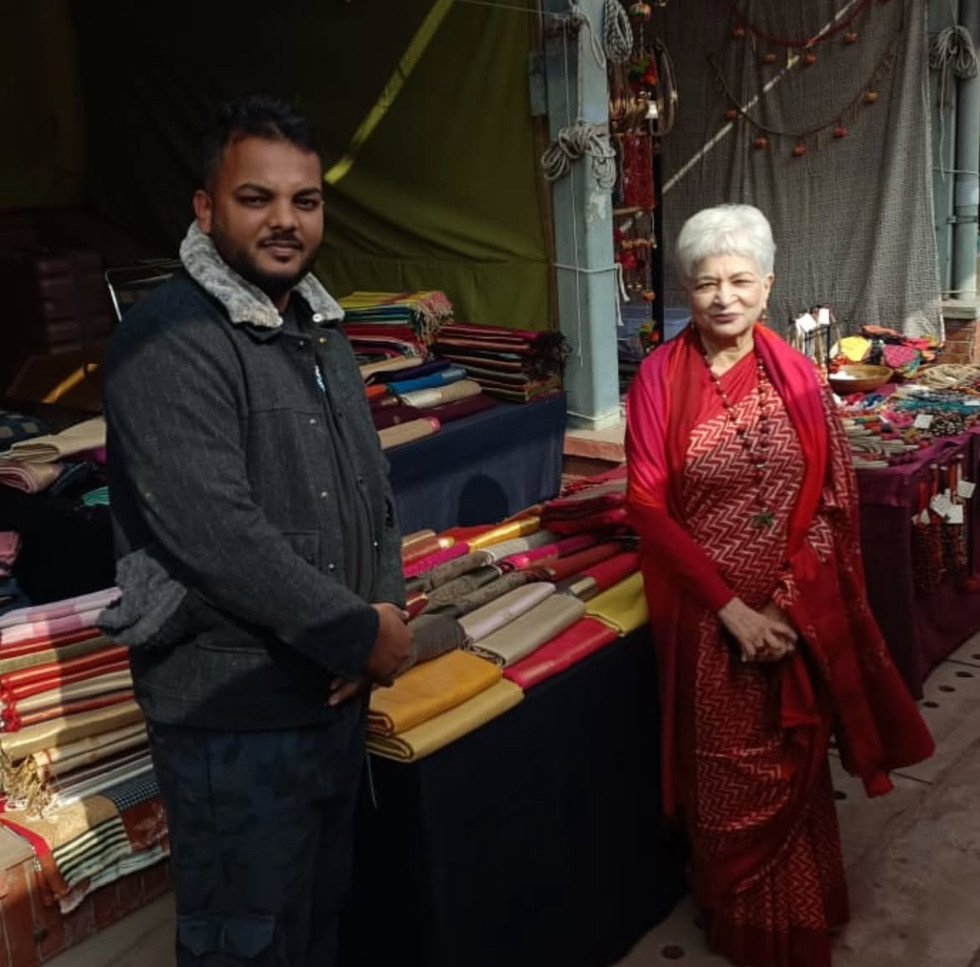
Comments